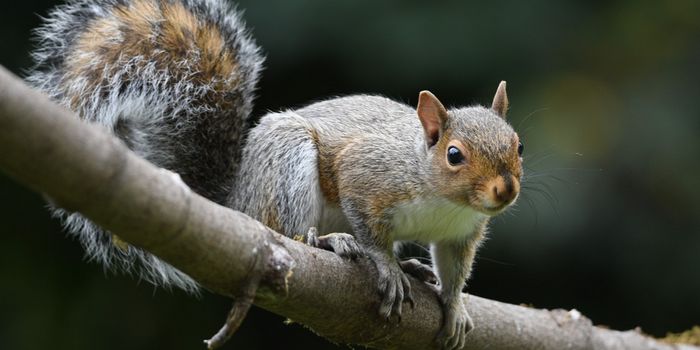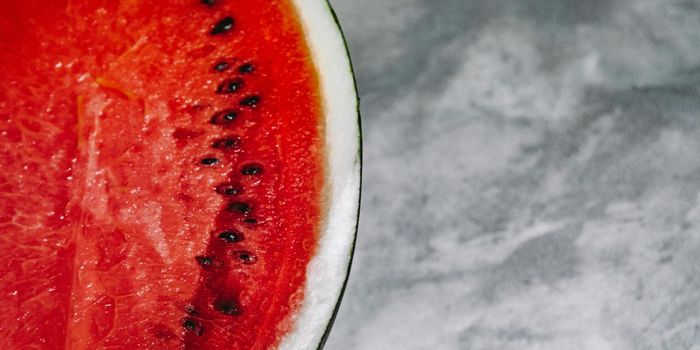Dinosaur Eggs Were Likely Very Colorful, Study Suggests
If we asked you to picture dinosaur eggs in your mind, what would you see? A nest full of massive gray or tan eggs? That’s the consensus among most people, but a new study published this week in the journal Nature denotes how dinosaur eggs could have been more colorful than initially thought.
Image Credit: Yale University
Given just how many traits dinosaurs seem to have had in common with modern birds, curious researchers from Yale University wanted to know if dinosaur eggs were as colorful as some of those laid by the plethora of birds alive today.
A previous study conducted by the same researchers revealed via chemical analysis that egg fragments from a 70 million-year-old dinosaur called Heyuannia contained blue-green and red-brown pigments. With that in mind, isn’t it logical to think that eggs laid by dinosaurs may have sported other colors?
To learn whether other dinosaurs laid colorful eggs akin to those laid by modern birds, the researchers carefully analyzed well-preserved fossil eggshell fragments sourced from 15 different dinosaurs from the Cretaceous era with a method known as Raman microspectroscopy. This technique isn't as destructive as the chemical alternative used in the previous study. The researchers then analyzed eggs from extinct birds, living alligators, chickens, emus, and terns for comparison.
Related: Two newly-discovered dinosaurs may explain 70 million-year-old evolutionary gap
Astonishingly, the researchers distinguished colors in many of the samples; some exhibited solid colors, while others displayed speckled patterns reminiscent of polka-dots. The colors varied from blue-green to beige to white, perhaps in addition to the red-brown pigments revealed by the previous study.
Experts have long thought that colorful eggshells evolved more recently in modern birds, but the latest findings validate how that wasn’t the case and how colorful eggs may have occurred in nature more than 150 million years ago.
But why would dinosaur eggs have needed the extraneous colors? Camouflage may have played an instrumental role. Certain colors or patterns may have helped the eggs blend in with their surroundings and avoid predation, while others may have helped the dinosaurs discern their eggs from others.
Experts have also long associated colored eggs with complex nesting behaviors in modern birds, so the researchers think that the same could be said about dinosaurs. Intriguingly, egg remnants of herbaceous dinosaurs lacked the pigments known to cause colorization, which suggests that they buried their eggs like modern reptiles and left them to hatch rather than caring for them.
Admittedly, the Raman microspectroscopy technique is somewhat new and untested, so the researchers hope to continue testing it with larger egg remnant sample sizes to validate its reliability and discern whether the results are anything to go by.
In any case, it’s a fascinating thought that the dinosaur world was once more colorful than initially thought. That, combined with the notion that dinosaurs were more bird-like than Hollywood makes them out to be, suggests that we still have a lot to learn about what the world was like before people.
Source: Science Mag, Nature









